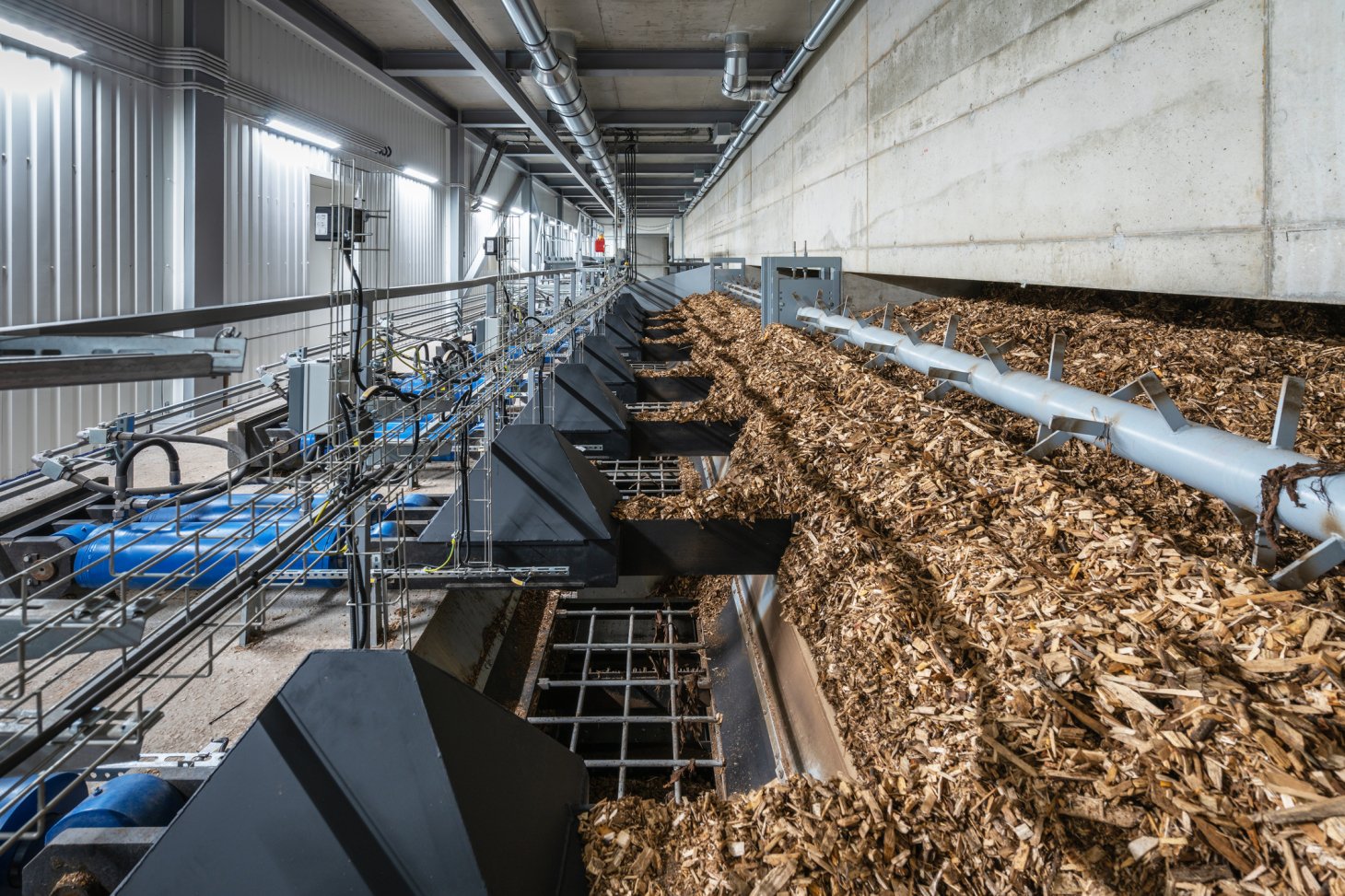
The waste generated from construction, demolition and excavation accounted for 62% of the UK’s total annual waste in 2018. It follows then that taking a truly sustainable approach to building means considering the whole lifecycle of the construction products specified – including their disposal at the end of a building’s life.
The end-of-life environmental impact for a construction product should be detailed in Module C of its Environmental Product Declaration (EPD). This is particularly important where biogenic material such as timber is concerned. The RICS Professional Statement on Whole Life Carbon Assessment (WLCA) for the Built Environment requires that end-of-life impacts are included if carbon sequestration is to be incorporated in the model.
Timber sequesters carbon which remains locked inside when the timber is felled and processed. This carbon is released at the end of the timber’s life when it is combusted or decomposed. For the purposes of embodied carbon calculations the sequestered carbon is considered released at the product’s end-of-life. If the material is reused the sequestered carbon is then transferred to the new product. This leaves timber, as with other major building products, a carbon source rather than a carbon sink. This is to avoid the sequestered carbon from the same timber component being double counted when it is removed and used elsewhere.
What happens at end-of-life?
The RICS Professional Statement on WLCA (2nd edition) details the default EoL routes for timber, differentiated by type. It states that for 99% of wood-panel products, 59% of engineered timber (eg CLT), 69% of non-hazardous treated/coated timber and 20% solid untreated timber the EoL default scenario is incineration, whether for energy recovery or not.
The WLCA default EoL scenarios also state that 35% engineered timber, 30% treated timber and 78% solid timber is recycled, while 5% engineered timber is reused in its existing form and 1% of all types of timber are sent to landfill.
In contrast, almost all (97.5%) concrete (cast in situ and precast) and masonry (blockwork and brickwork) is recycled, with only 2.5% sent to landfill.
Recycling concrete and masonry
Concrete and masonry (including aircrete) is crushed and recycled into aggregate. This recycled aggregate can be used in a variety of ways including as a base for new concrete products, to form hardcore sub-bases underneath new structures or as gravel for paths or driveways.
Recycled aggregates are an important part of the UK’s circular economy. They account for around 29% of total aggregate use in the UK helping to reduce demand on primary aggregates, making the industry more sustainable.
Is burning wood ‘green’?
It is common in the UK for timber to be used for energy recovery or to be incinerated. There is often a perception that using waste wood as an energy source is environmentally efficient. However, around 1 in 3 of the UK Energy from Waste plants taking recycled wood have efficiency below 60% so should be considered in Module C4 (End of life disposal) rather than C3 (End of life recovery) of an EPD .
Climate groups have criticised UK power plants burning wood for labelling its energy production as ‘green’. Burning wood releases more carbon dioxide than coal, oil or gas as it burns less efficiently. Per kilowatt-hour (kWH) of electricity generated, wood emits one and a half times the carbon dioxide of coal and three times that of natural gas .
There is also concern that the increase in this practice is reducing the amount of timber that is recycled into other products. The government subsidises biomass with an incentive paid to biomass suppliers so for many recycling companies it is more profitable to provide wood to power plants than supply to manufacturers who recycle waste wood into new products. The share of recovered wood used for energy production rose over ten years from approximately 17% in 2008 to 56% in 2020 .
At first glance timber may appear to be the most sustainable material but specifiers must ensure they analyse EPDs complete with the EoL stage, which shows the benefit of carbon sequestration being lost, to get the whole picture.
Sources
UK Parliament POSTbrief report: Reducing the whole life carbon on buildings. 2021. https://post.parliament.uk/research-briefings/post-pb-0044/
Timber Development UK 2021 technical paper: Assessing the carbon-related impacts and benefits of timber in construction products and buildings. 2021. https://timberdevelopment.uk/resources/assessing-the-carbon-related-impacts-and-benefits-of-timber-in-construction/
https://www.concretecentre.com/Performance-Sustainability/Circular-economy/End-of-life-recycling.aspx
The Guardian. Pollutionwatch: wood fires are bad for planet, more evidence shows. 2022.
National Geographic. Europe burns a controversial ‘renewable’ energy source: trees from the U.S. 2021.
Edinburgh Napier University Centre for Wood Science & Technology. 2020.